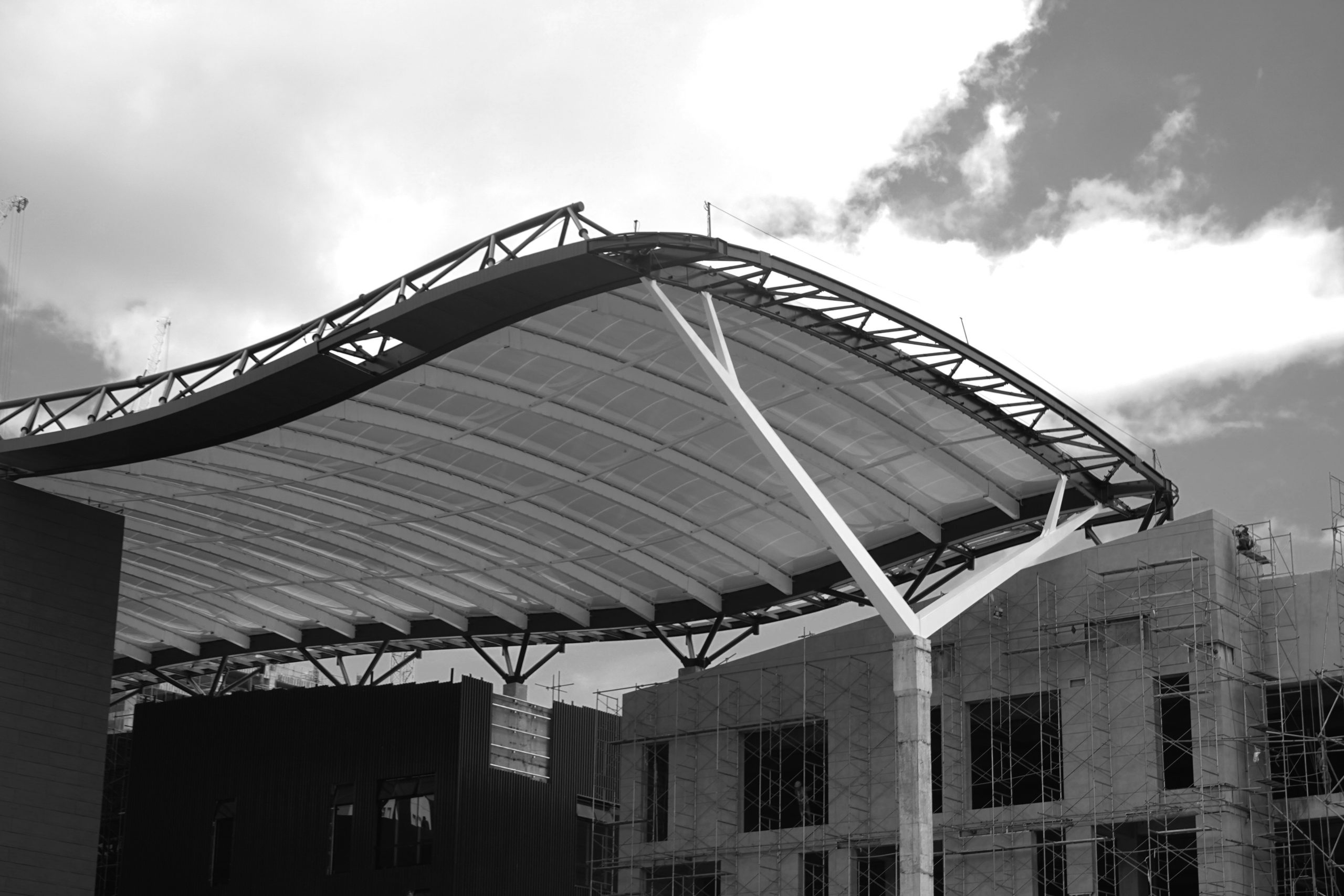“Achieving a low carbon society requires a paradigm shift in behaviour”, or is it actually just efficient design and good business thinking?
Recent provocations by Extinction Rebellion and a visibly concerted effort by global governments has woken up the world – and rightly so - to taking action against climate change.
We as individuals are all now well versed in a ‘low-carbon’, ‘climate change’ narrative, and Tony Gee, like many organisations, has pledged its commitment to reducing its operational carbon footprint through reviewing use of office space, reducing employee travel and being more efficient with power consumption, for example. However, these can pale into insignificance when put against the carbon footprint of projects that Tony Gee typically design and execute.
It is estimated that the construction sector contributes 39% of all carbon emissions globally[1], primarily through the production, shipping and production, or installation of materials. In recognition of its responsibility, Tony Gee has pledged it’s support to “Engineers Declare Climate and Biodiversity Emergency”, an industry specific carbon reduction initiative, “for everyone working in the construction industry, meeting the needs of our society without breaching the earth’s ecological boundaries will demand a paradigm shift in our behaviour.”
This is suitably provocative, yet also enormous in challenge. However, upon a closer look, is it actually the case that the required change is slightly more attainable than we think? Tony Gee maintains that some of these special bolt-on ‘climate branded’ concepts are actually good, efficient design and should be an inherent part of design process. Gordon Fox, Tony Gee’s Deputy Environmental Manager states, “it’s actually just about making sensible well-informed choices and being efficient in design.”
Over recent years Tony Gee has recognised the increasing need (and demand from clients) to introduce tangible processes to measure and reduce the carbon impact of its projects. Subsequently Tony Gee has developed three proprietary tools and processes for clients that are inherent within its design process. Firstly a “cradle-to-gate” (extraction of materials through to leaving the factory gate) embodied carbon measurement and assessment is now an inherent part of any project design. Gordon Fox says, “We now make an assessment of carbon impact regardless of client requirements at the early phase of any project and coupled with resource efficiency workshops this allows us to pinpoint parts of a design, or schemes that have particularly high impact, be that carbon, waste or construction effort and allow us to make design changes accordingly”
The second tool within Tony Gee’s resources, the ‘Resource Efficiency Workshops’ establish an approach to a project based on the WRAP Five Principles of Designing Out Waste:
- Design for reuse and recovery
- Design for off-site construction
- Design for material optimisation
- Design for waste efficient procurement / construction
- Design for deconstruction and flexibility
Then lastly, through cumulative data and lessons learned over multiple projects, Tony Gee has built a set of technical documents, guidance and experience that provide for quick wins and shortcuts when choosing materials, or making logistics decisions, resulting in better projects for clients from the outset.
You may be forgiven for thinking that the primary win from these processes is a reduction in carbon footprint but as Tony Gee has discovered, deploying these carbon reduction processes actually reap countless commercial and efficiency benefits. Gordon Fox again, “We have successfully deployed these [low carbon measurement] tools as means to reduce waste and as a result, construction costs. In many cases, a lower carbon design is driven by fewer or more efficient materials which in turn results in lower costs and easier to build designs. One specific example was with the use of fill on a particular project. We could see a high carbon and waste impact in several options being considered, so we devised a way of re-purposing fill from within the same site which negated the need for imported virgin fill, reduced landfill tax, negated land purchase and reduced transportation as we eradicated the need to move materials off site. The bi-product of course was that we also reduced the overall waste and carbon impact of the project.”
Tony Gee continues to innovate on the behalf of clients and have a vision to develop a set of standards that can be used for lobbying broad policy, existing standards, or large frameworks where obvious innovation and beneficial changes can be made.
[1] UN Environment, 2017. Global Status Report. Page 6
Recommended Reading




